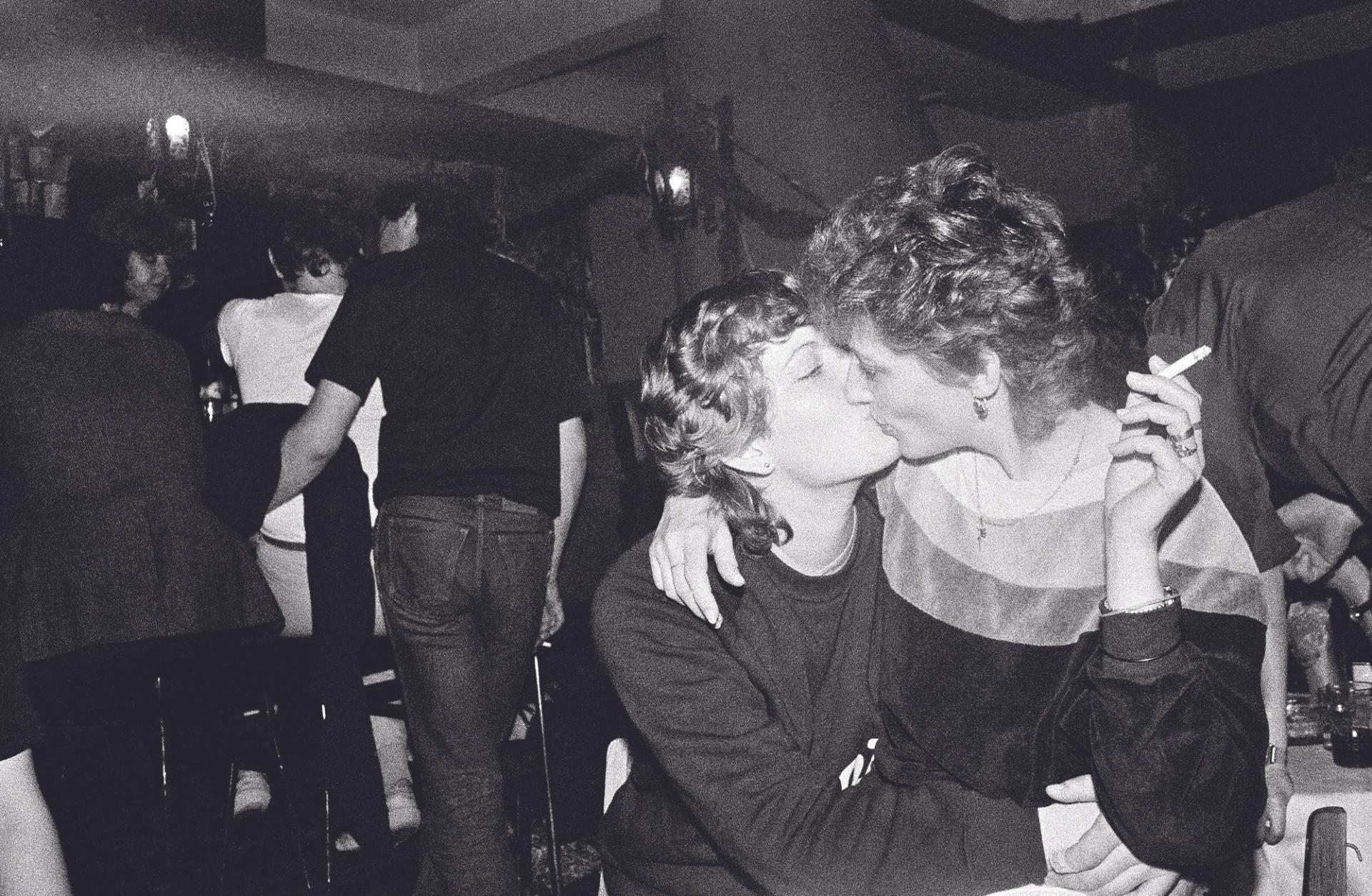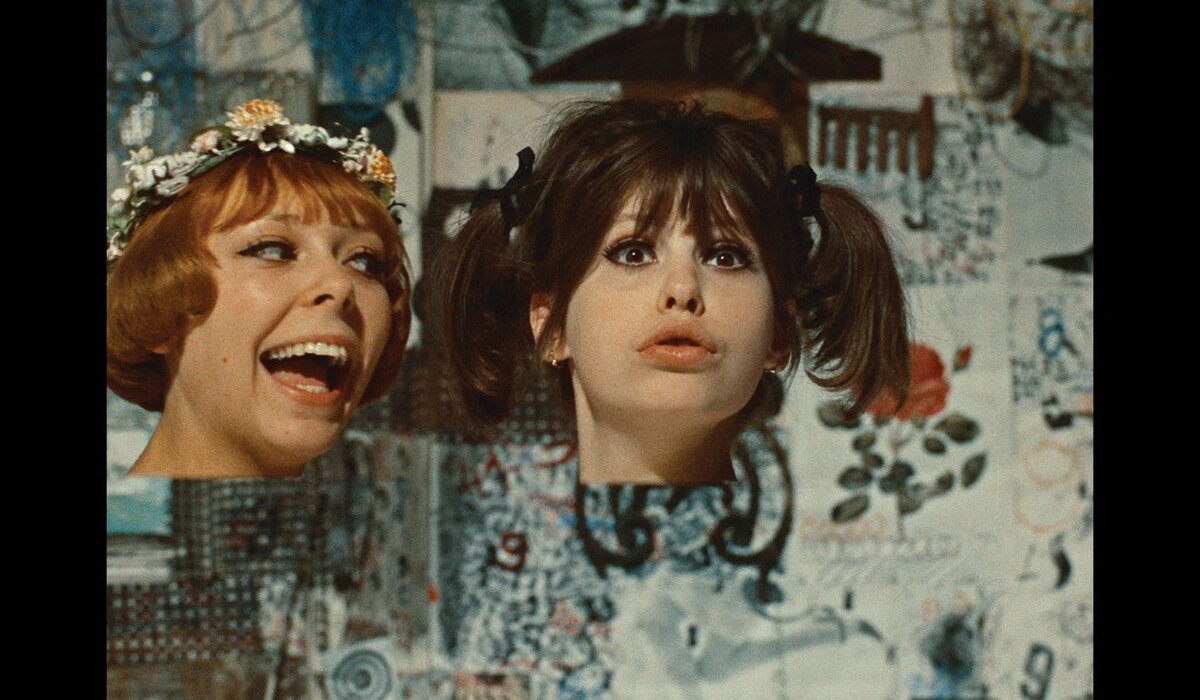The Walker Art Center’s new exhibition—Multiple Realities: Experimental Art in the Eastern Bloc, 1960s-1980s—is the latest in a number of ambitious international surveys organised by the Minneapolis museum. Five years of research have resulted in an exhibition of 250 works by close to 100 artists from East Germany, Poland, Czechoslovakia, Hungary, Romania and Yugoslavia before the collapse of communism. It follows blockbusters like International Pop in 2015. But unlike Pop art—which has popular appeal baked in—the focus on experimental art practices in Eastern Europe has some prejudices to overcome, not least the lingering perception that art under communist rule was a zone of grey obedience. The story that the curator Pavel Pyś sets out to tell is a counter narrative, one of audacity and experimentation as well as cunning negotiations by artists with power.
Many of the works are unexpectedly exuberant and colourful. They include the satirical film Daisies (1966) by the Czech New Wave director Věra Chytilová, with its mischievous young women protagonists scandalising the upholders of societal norms, and the Polish artist Teresa Tyszkiewicz’s short film Breath (1981), an exploration of the fetishistic appeal of luxurious commodities—when few were to be had—which culminates in the artist wrapping her naked body in swathes of cotton wool and viscous goo. The Erfurt Women Artists’ Group from East Germany was just as imaginative, donning home-made fashion constructed from newspapers and food packaging to conduct unconventional catwalk shows. Like most of the artists in Multiple Realities, they were outsiders, enjoying none of the support given to official artists. Exhibitions, rent-free studios and difficult-to-obtain materials were given by the authorities in exchange for loyalty. Instead, the Erfurt women created art by improvising with the materials they had to hand, often their own bodies.
Zones of pleasure
Indeed, painted faces and bodies proliferate in the show, often demarcating zones of pleasure. One of the exhibition’s major sections, titled Being Together, features photographs recording the euphoric hedonism and deep intimacy of “underground” queer life in Gdańsk, Prague and Berlin in the 1970s and 80s. While homosexuality was decriminalised in much of Eastern Europe, it still remained taboo.

Libuse Jarcovjakova, a photograph from the T-Club series, 1980
Courtesy the artist, Prague
Immateriality is a running theme in Multiple Realities. The Bratislava conceptualist Ľubomír Ďurček invited his collaborators to form momentary geometries on the city’s streets at the end of the 1970s. Pedestrians would suddenly find their path arrested by a circle holding hands around them. In Poland, members of Akademia Ruchu, a street theatre group, would stumble, one by one, over an invisible obstruction on the corner of one of Warsaw’s major crossroads. The meaning of this 1977 action was far from certain, as the puzzled faces of passers-by in the grainy film documenting the performance make plain. But perhaps the malign presence of the Communist Party headquarters nearby is a clue to the source of this mysterious impediment to progress.
Much of this art did not set out to confront power directly, but the conditions of life in Eastern Europe made it political. In illiberal Czechoslovakia and East Germany, artists were treated with suspicion. In the early 1970s, the Czech photographer Jan Ságl was tipped off that the home he shared with the artist Zorka Ságlová was about to be raided. As if to pre-empt the incursion, he photographed his apartment and its contents in a series called House Search. Looking at the photographs today, one wonders which particular possessions would have been taken by the secret police as signs of anti-socialist attitudes. The German artist Cornelia Schleime knows the answer to this question. Surveilled by the Stasi from 1979 to 1984, when she was granted permission to leave for West Germany (at the price of leaving all her artworks and other possessions behind), she accessed her secret police file in the early 1990s. The reports bristle with petty irritation, exaggerating her attachment to Western fashion and commodities. Her riposte was to re-enact the Stasi descriptions in a 1993 series of photographic self-portraits that she called Until Further Useful Collaboration.
What is striking about Multiple Realities is the fact that it would now be difficult to mount this show in some of the countries from where the works originated. The deeply conservative turn over the past decade in Poland (which may now be reversed, following last month’s election) and Hungary has made art centres and museums sites of controversy and conflict. Liberal directors have been replaced by hard-liners who are interested in stirring the pot of prejudice. Warsaw’s Ujazdowski Castle Centre for Contemporary Art has used its purchase grant to acquire homophobic works for its collection. Elsewhere, feminist art is dismissed as “gender ideology”. The adventurousness of the art going on display in the Walker Art Center—much of it by feminist and queer artists—is taboo in the region again, or so it seems. Pyś describes his show as “an act of solidarity from afar”.
• Multiple Realities: Experimental Art in the Eastern Bloc, 1960-80s, Walker Art Center, Minneapolis, 11 November-10 March 2024

